No doubt, your lifestyle has a direct impact on more than just your body, athletic ability and performance. All of the small decisions you make also have a lasting impact on our planet. In this article, we address lifestyle decisions that have a great impact on the environment that are often overlooked. Don’t worry, we also cover simple steps you can practice to become a more sustainable runner!
In the Clothes You Buy
Each year million tons of clothing are thrown away into landfills. The unfortunate part? 95% of them can be reused or recycled. This may be due to a trend towards decluttering and as a result, textiles and home goods are increasingly being thrown out. However, each piece of clothing you throw out also throws out all the resources that were used to create it.
If you want to take steps into becoming a more sustainable runner, you can do so by carefully considering where you purchase your sportswear and gear from. Luckily, thrift stores are making a comeback, which means purchasing items second hand. You may be surprised at how affordable and sustainable thrifting is when you decide to shop at your local value village or even Facebook marketplace.

While becoming a more sustainable runner, you also support local businesses and benefit the environment and community from textile waste; as Value Village says, “the most sustainable clothing… is the clothing that already exists”.
Now, if you’ve searched high and wide for a specific sportswear or gear and can’t find a second hand one that fits you perfectly for your adventures, try branching out to look into sustainable brands. We recommend looking for B Corp certified brands as these corporations have been evaluated on their social and environmental performance. Näak is proud to be B Corp certified and so, if you are looking for new gear you can find Näak’s here.
Remember that when you’ve purchased the item, you are committing to it for at least several years, repairing it when there are slight tears and making sure it is donated at a second hand store or a recycling center.
In the Food We Consume
Näak believes in the small steps we can all take to preserve our playground. This is why all Näak products, like ourULTRA Energy Bars,ULTRA Energy Waffles andRecovery Protein Powder, are created with either plant-based or cricket-based protein, to encourage consumers to take a small step towards becoming a more sustainable runner.
Cultivating plants and crickets take much less resources than dairy protein. Fueling up on either protein source will continue to add on Näak’s counter on how much greenhouse gases, water, land and food saved. Check out how much Näak has saved since our very first bar producedhere!
Food waste and loss contributes significantly to the misuse of water, land, and energy. Globally,roughly 1.3 billion tonnes of food produced gets lost or wasted, which contributes to needless amounts of greenhouse gas emissions causing global warming and climate change.The Journal of Nature mentions that halving current food waste and loss can reduce environmental pressures up to 16%.

In developed countries, like Canada, consumer behavior plays a huge role in the production of food loss and waste. Making small changes in your daily routine, like grocery shopping and cooking, can ripple into a bigger effect:
1. Do not go crazy over the discount section: Grocery stores often have a discount section to sell produce that have been on the shelf for some time. This section can definitely be beneficial if you are creating budget meals! However, because these products have been on the shelf, it is likely their best before date is approaching. Remember not to over-purchase these discounted items because if you are not planning ahead to use them soon, it is likely they will spoil and end up as food waste.
2. Choose upcycled fruits & vegetables: Understandably, customers want the best version of each product they purchase. This means tasteful and visually appealing. Due to this, fruits that misshapen or bruised fruits and vegetables and edible stems and leaves are thrown out, although they have the same nutritional benefits as a ‘perfect’ looking produce. During your next trip to the grocery store, try to not immediately look past that misshapen pear!
If you are not yet comfortable with raw, ‘imperfect’ produce, you can start by learning more about the upcycle food movement. This movement embraces the use of these ‘imperfect’ fruits and vegetables to create products that are desirable by customers. For example, theUgly Company, upcycles ‘imperfect’ fruits into dried fruit snacks and thus, helps prevent thousands of fresh ‘ugly’ fruit from going to waste.
When you consume products from Näak and the Ugly Company, you become a more sustainable runner and encourage the movement towards a more environmentally conscious food industry.
3. Properly plan your grocery list: This may take up an hour or two of your day, however, when you properly plan your grocery list and how you intend on using the ingredients you purchase, you will be surprised at how much less produce you throw out. Moreover, having a meal prep schedule that you can work with and allow you to purchase items in bulk, which limits packaging waste. It may be best to shop for 1-2 weeks of meals every time you grocery shop to prevent cooking meals that may not last more than 2 weeks. If you need a healthy meal plan inspiration, Näak has one for youhere.
In the Lifestyle We Choose
Each of your small everyday decisions eventually leads to a lifestyle and vice versa, your current lifestyle dictates your small everyday decisions. Everyone has their own reasons on why they choose to live the lifestyle they do. For example, if you slowly choose to limit your meat consumption and increase vegetable, fruit, legumes and whole grain consumption, you will adopt theflexitarian lifestyle. This will lead to a change in your grocery list and consumption behavior to focus more on plant-based products.
As mentioned, choosing a plant-based lifestyle, even a semi one, encourages land to farm fruits and vegetables instead of raising feed or livestock. In the bigger picture, this helps produce a smaller carbon footprint. According toNature, by 2050, if the population continues a dietary change towards a more plant-based lifestyle, greenhouse gas emissions can be reduced up to 56%. This is because changes in meat consumption patterns dominate the impacts on greenhouse gas emission.

If you want to learn more about the flexitarian lifestyle, it’s health and environmental benefits, and how it can affect your athletic performance, clickhere.
Because your lifestyle and diet has a direct impact on your body and further, your athletic performance, it is important to take dietary advice with a grain of salt or consult a registered sports dietitian before making drastic changes. This way, you are fully aware of what you should consume to avoid nutritional deficiencies or any side effects you may experience if you choose to go forth with a different lifestyle.
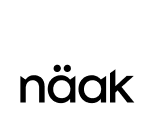



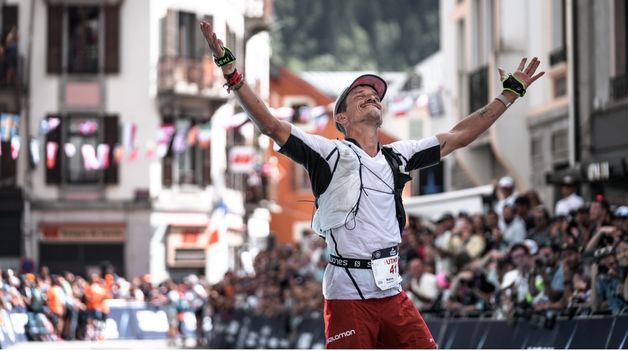
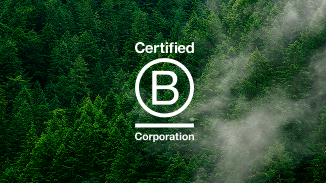
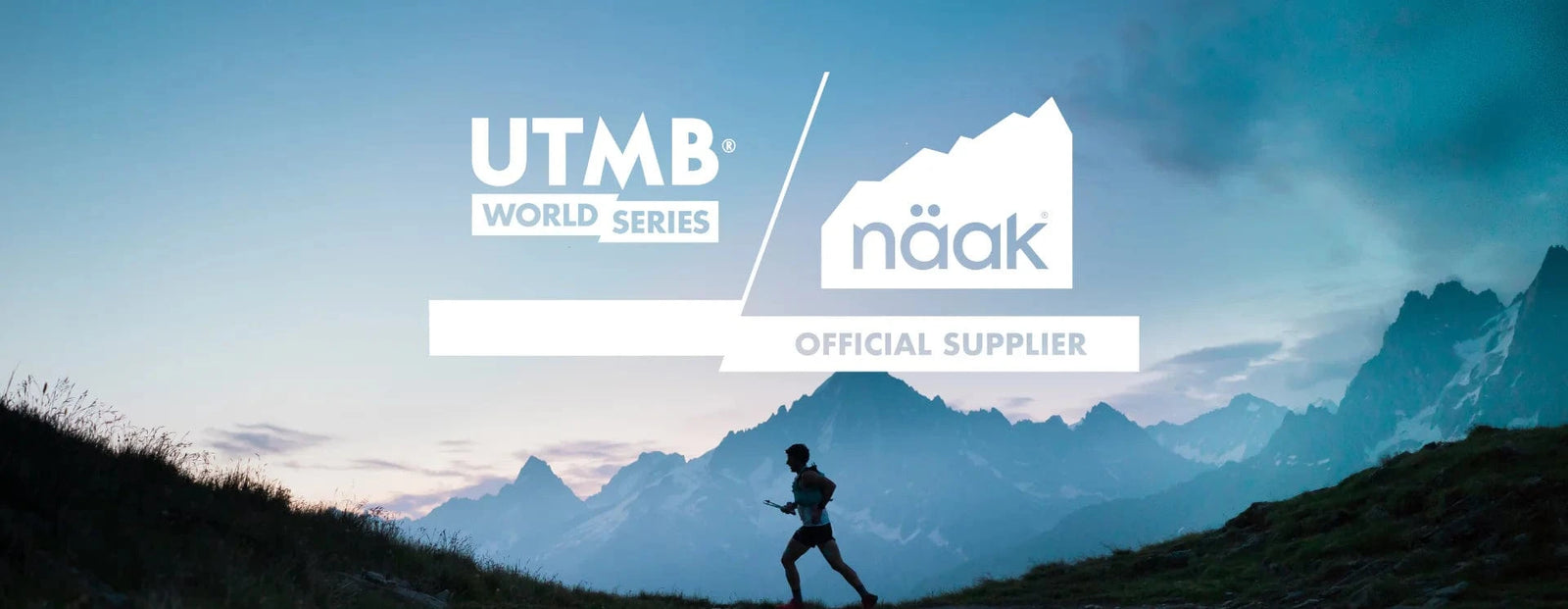

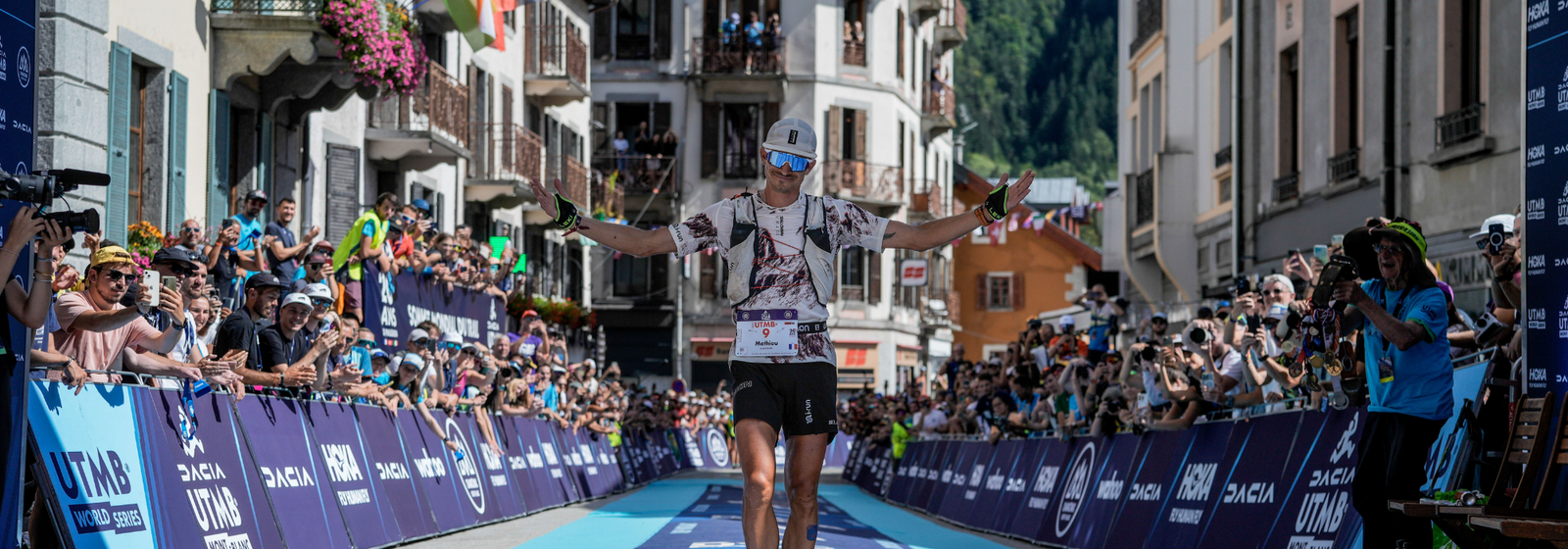
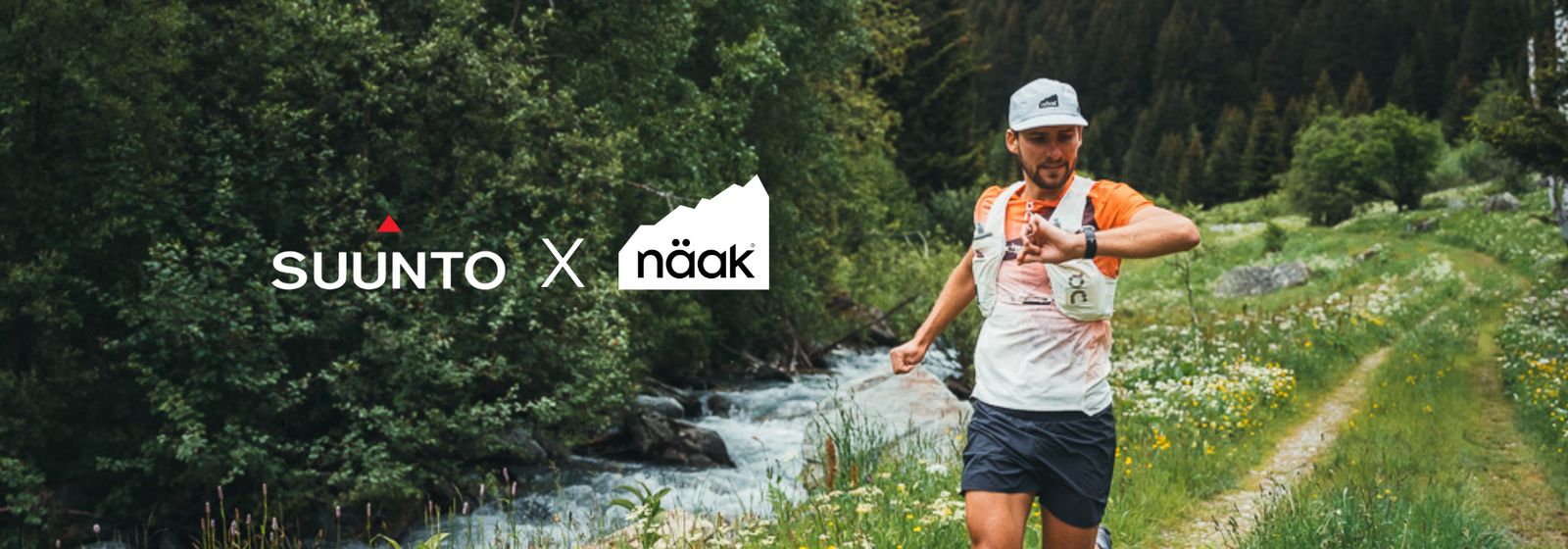



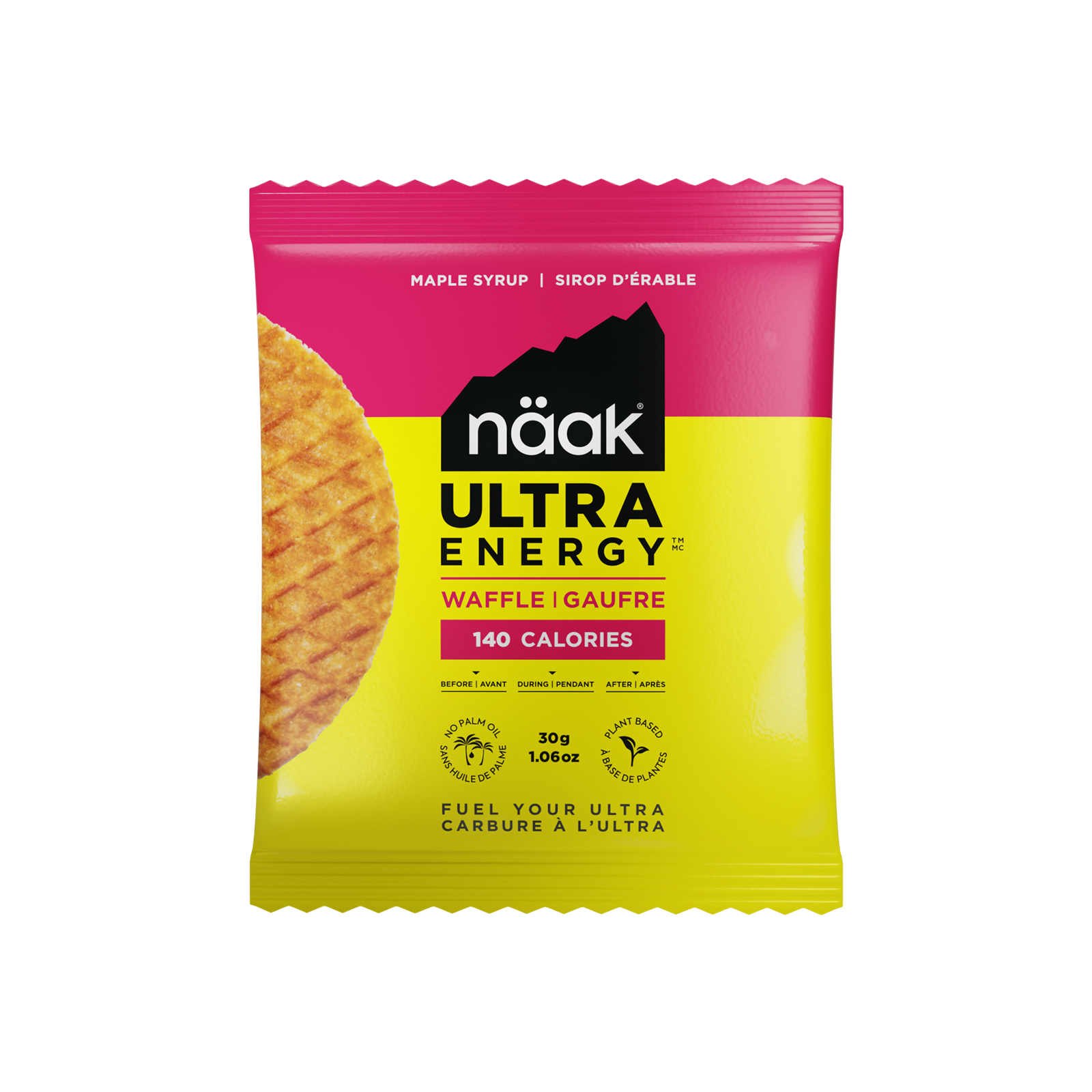
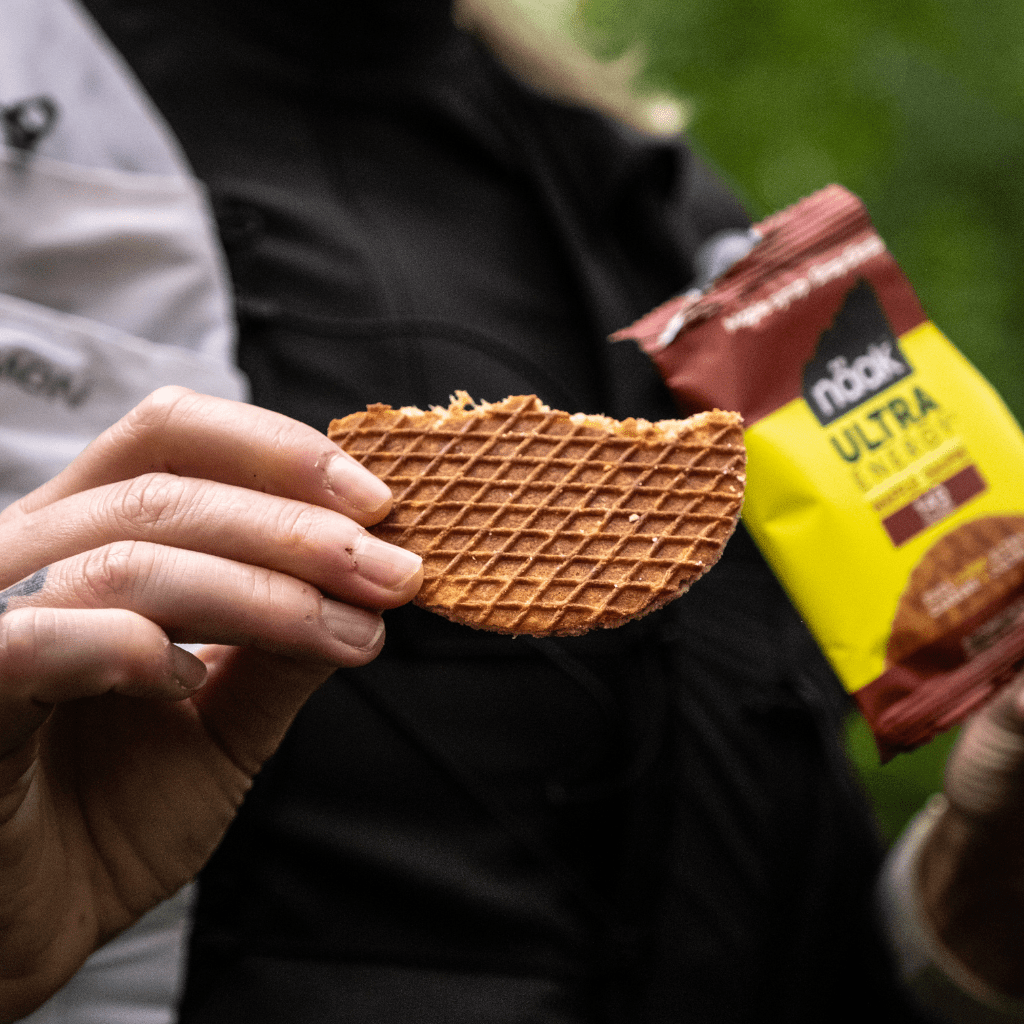
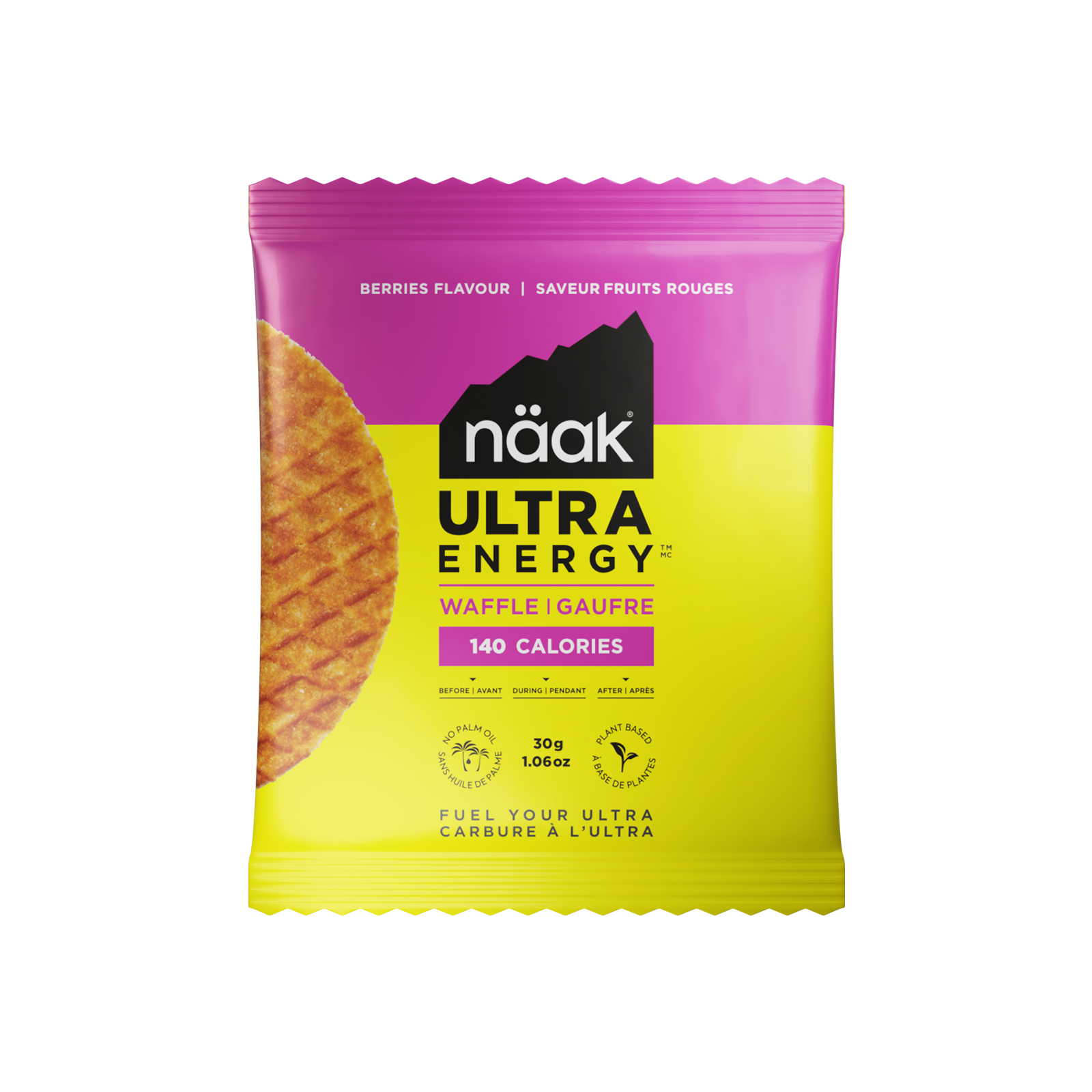
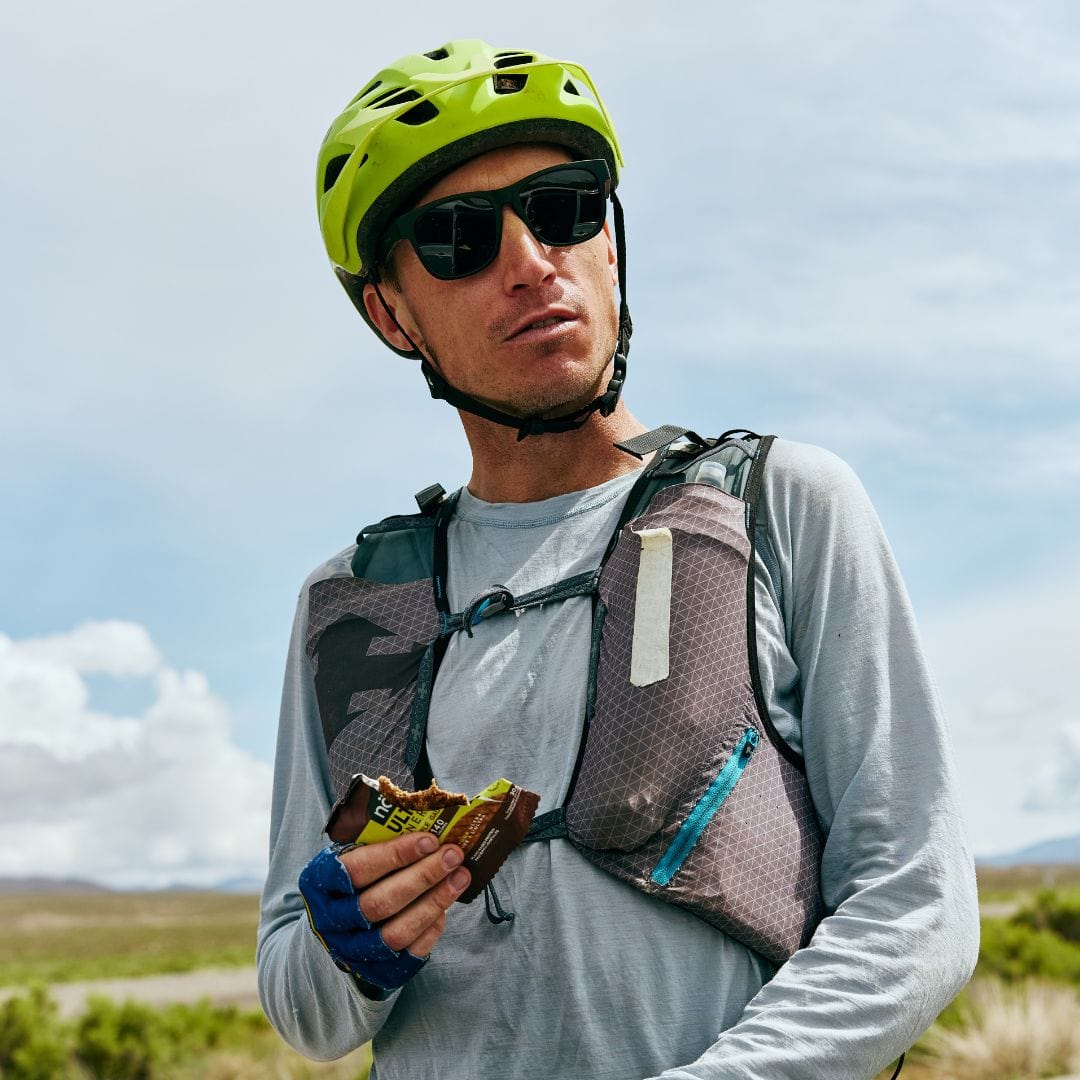


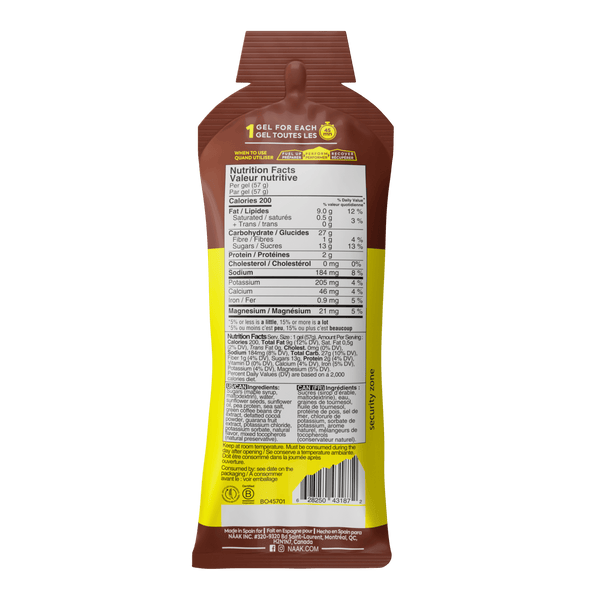

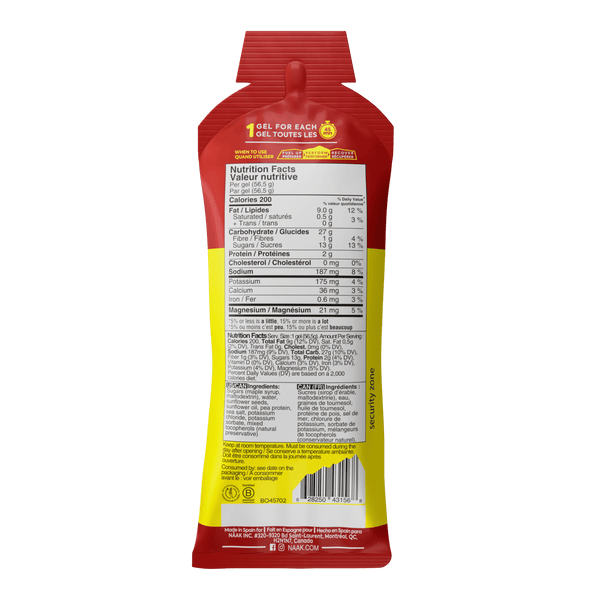
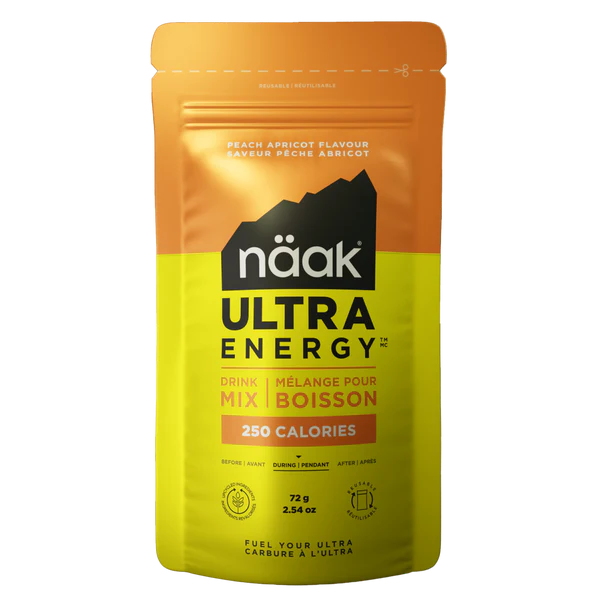



Leave a comment (all fields required)